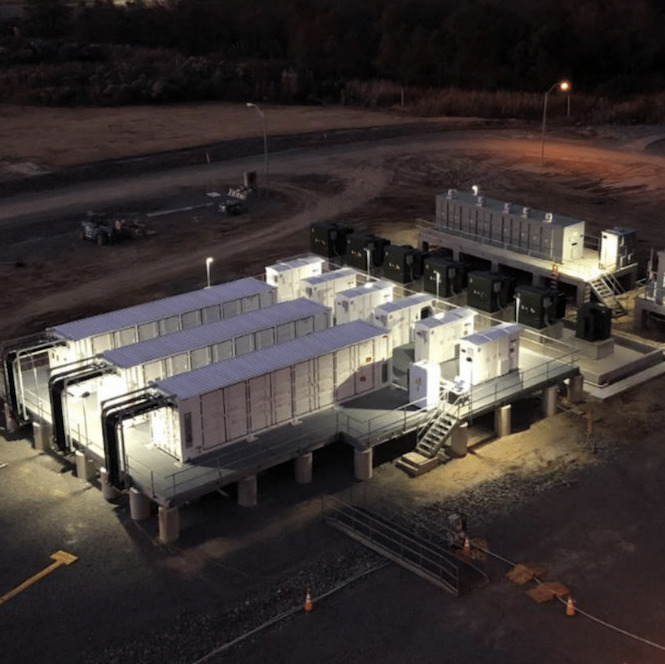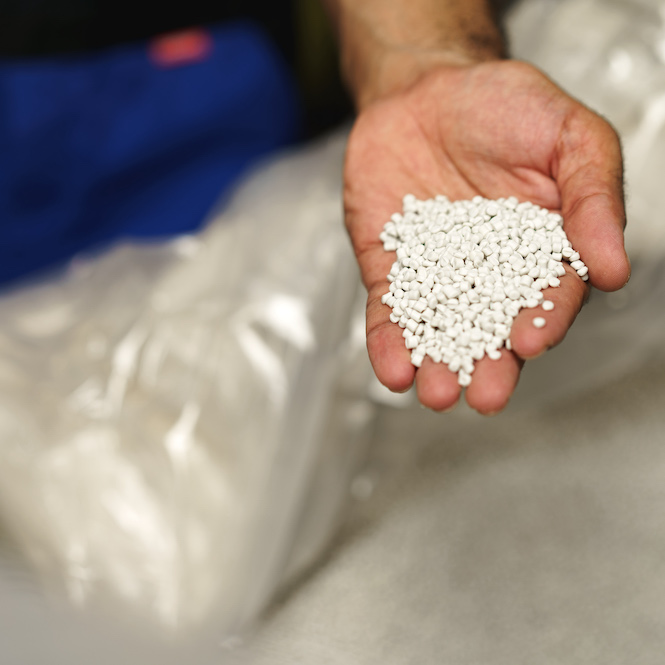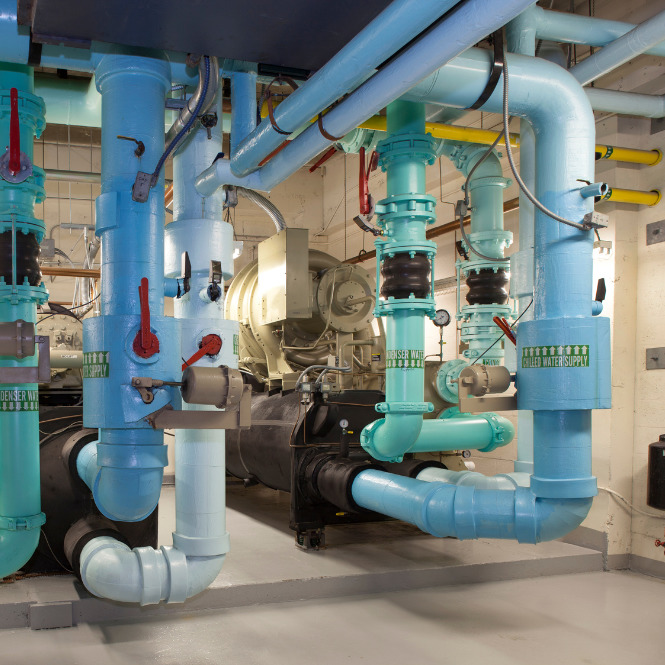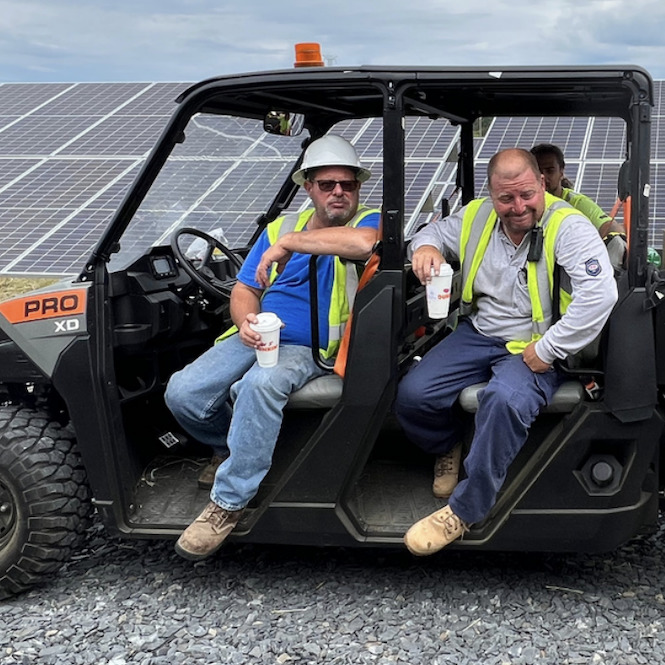CASE STUDY
BESS Decommissioning
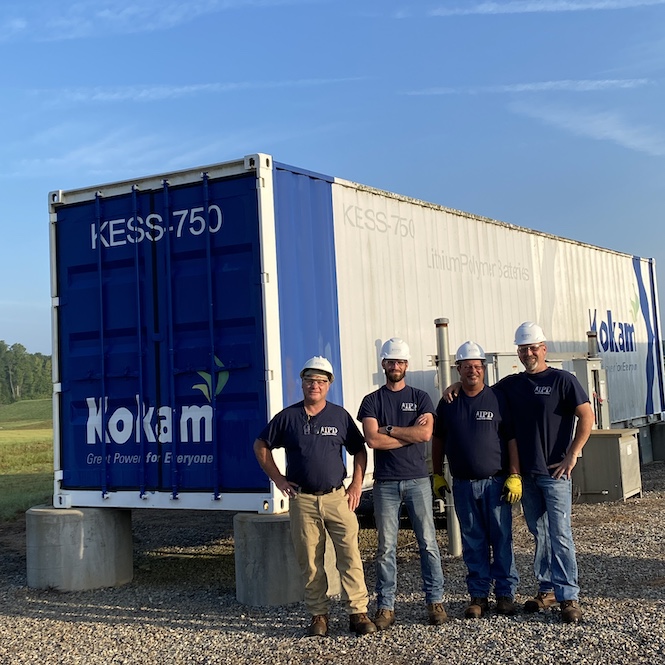
Project Overview
A utility in the southeastern US needed to repurpose land occupied by an obsolete renewables test farm. As the battery storage industry matures, early test and development systems have reached end-of-life and must be safely removed.
The existing Battery Energy Storage System (BESS) on site was previously used to test energy shifting and solar smoothing/firming. The client needed to not only decommission and remove equipment and components from the site, but also develop safe, reliable, repeatable processes for future BESS decommissioning projects at other locations.
CHALLENGE
The project included planning for the removal of a 40-ft Kokam KESS-750 (250 kW/750 kWh), 1.25 MVA inverter, 1000 kVA transformer, and all auxiliary systems. The BESS contained 280 lithium ion battery modules at 65 lbs each. Multiple stakeholders were involved and worksite conditions posed a challenge, including a remote location on a single lane road with dust and noise restrictions.
SOLUTION
IPD started by developing a detailed readiness review package - a master planning document that included everything from a technical hazard analysis and task-specific procedures, to a work schedule and emergency response plan. IPD's team safely oversaw lockout-tagout and de-energization of all energy sources, including AC/DC mains. We then disconnected, removed, palletized, packaged, and labeled all battery modules for shipping in compliance with DOT hazmat requirements. After battery removal, IPD oversaw demolition and removal of the remaining systems.
RESULT
Half of the batteries were sent to be recycled and the rest were taken by a third party for end-of-life testing. All metal components, including wiring and conduit, was sent to a scrap yard for recycling. The wall-hung HVAC system and fire suppression canisters were given to local businesses for reuse. The only material sent to a landfill were two sets of access stairs and four bags of miscellaneous trash. Decommissioning allowed the utility to responsibly reclaim valuable real estate. IPD developed processes that can be followed for future BESS decommissioning work.
More case studies
Click to view more examples of IPD's work:

